Leadership note: NEBP lead Dr. Angela Des Jardins will be in Zambia as a Fulbright Scholar July 1, 2024 through June 30, 2025. She stay connected but removed from day-to-day tasks. Contacts: Dr. Marissa Saad – Atmospheric Science track and organizational items - (Marissa.saadmarch [at] montana.edu) and/or Dr. Mary Bowden – Engineering track - (maryb [at] ssl.umd.edu).
Early science results and 360 videos
Recordings of Eclipse Day Engineering Livestreams
Recordings of the wonderful Speaker Series talks are on the Speaker Series page.
Check out the videos below about NEBP and the annular eclipse experience!
What is the Nationwide Eclipse Ballooning Project?
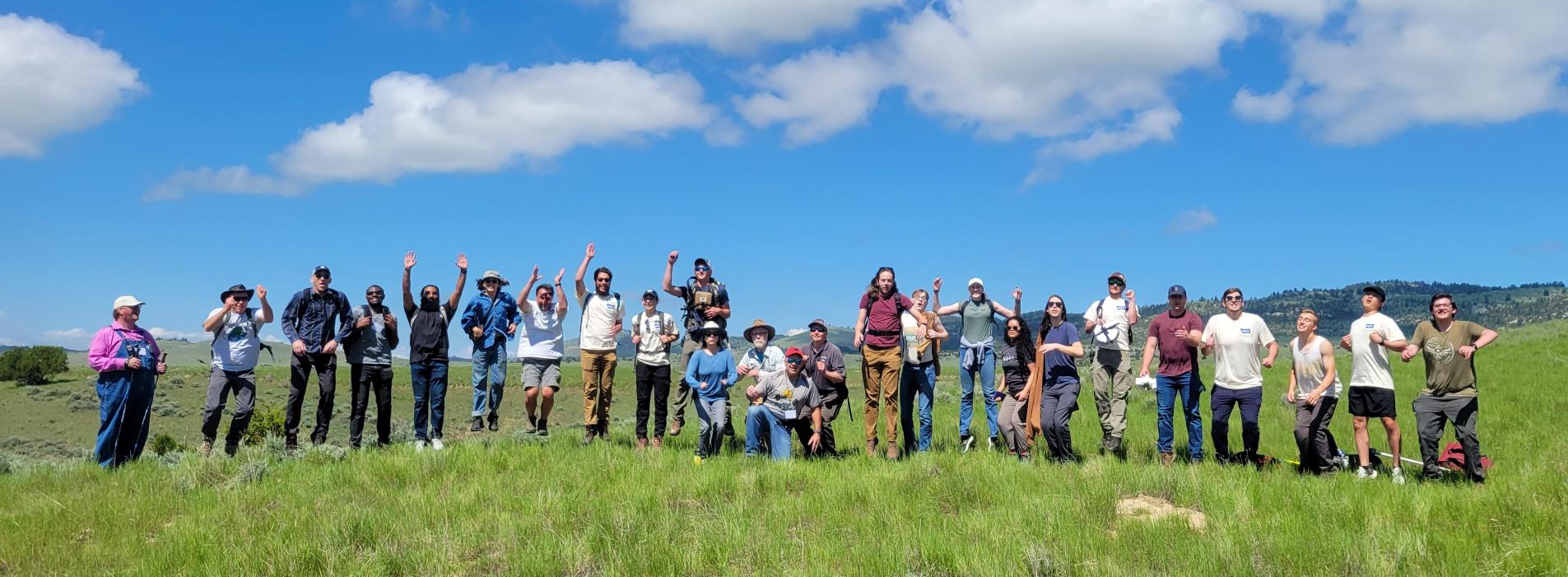
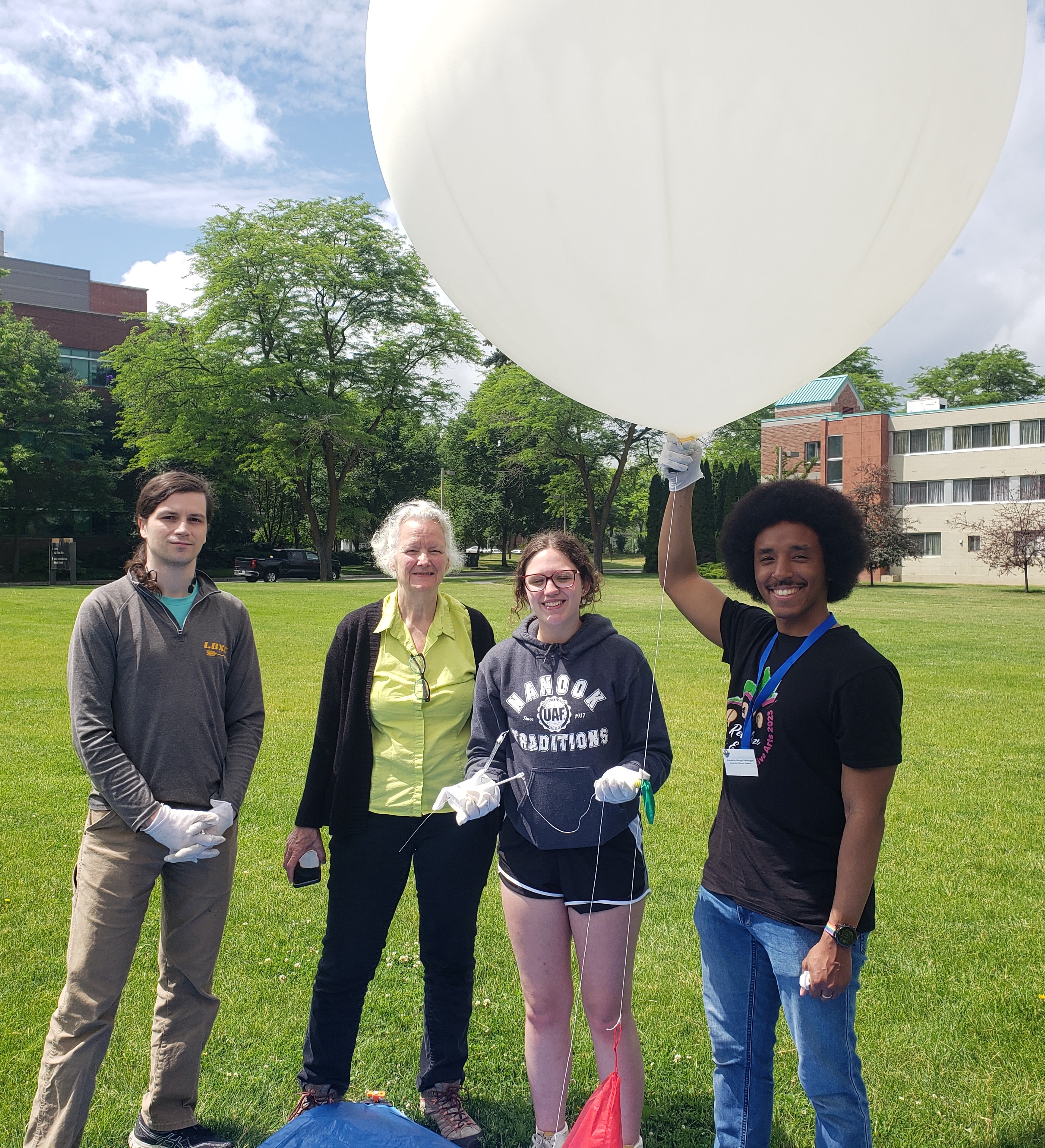
Building on the highly successful NASA and NSF-sponsored Nationwide Eclipse Ballooning Project (NEBP) implemented during the 2017, 2019, and 2020 total solar eclipses, this current effort will broaden participation of STEM learners by immersing teams from a wide range of higher education institutions in an innovative NASA-mission-like adventure in data acquisition and analysis through scientific ballooning during the October 14, 2023 annular and April 8, 2024 total solar eclipses.
NEBP includes development and implementation of two learner-centered activity tracks – engineering and atmospheric science. At sites along the eclipse path, student teams in the engineering track will use innovative larger balloon systems to live stream video to the NASA eclipse website, observe in situ perturbations in atmospheric phenomena, and conduct individually designed experiments. Atmospheric science track teams will make frequent observations by launching hourly radiosondes on helium-filled weather balloons. Student participants will work with atmospheric science experts throughout the project and will publish results in peer-reviewed journals.
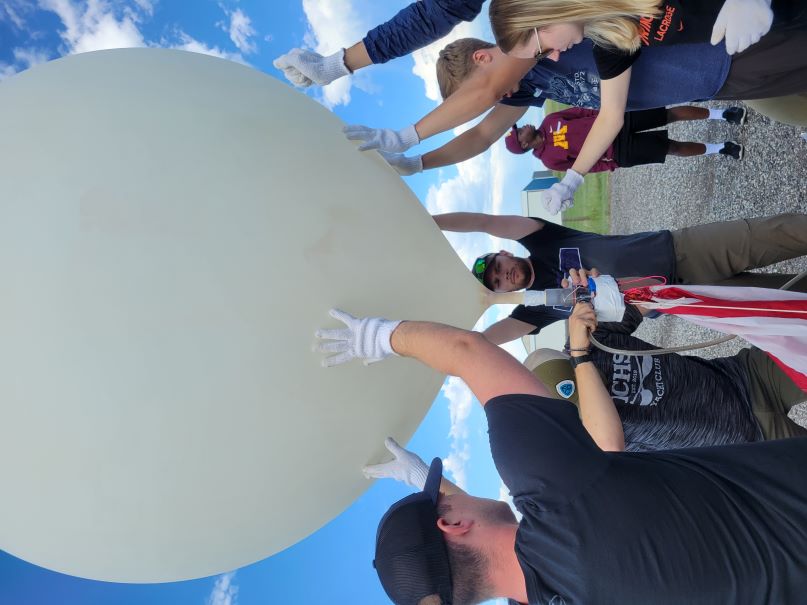
The project fully supports 53 teams. Of the 75 participating institutions, more than 30% are Minority Serving Institutions and 15% are Community Colleges. The teams are divided into nine pods to facilitate effective education. NEBP provides a learning environment that uses exemplary practices to make certain the 750+ participants are (and feel) supported, engaged, and valued. In addition, NEBP will provide infrastructure tools and best practices to help participating institutions build collaborations that could continue far beyond the scope of this project.
NEBP is supported by NASA's Science Mission Directorate Science Activation program and by NASA's Space Grant College and Fellowship program. (Award number 80NSSC22M0003)
More details about the current project are available in the subcategories on the left.
What is academic scientific ballooning?
Since the early 2000s, scientific ballooning has been a common hands-on STEM learning activity in the US. Academic ballooning uses weather balloons carrying payloads of experiments weighing a total of less than 12 pounds to altitudes of approximately 100,000 feet. At these altitudes – above 99.5% of the atmosphere – payloads experience a space-like environment. Academic ballooning types can be generalized into two categories: 1) atmospheric science radiosondes and 2) student-built engineering platforms. Radiosondes are small standardized commercial off-the-shelf payloads of less than 190 grams that are used to measure atmospheric parameters through the stratosphere. Typical atmospheric science experiments include understanding gravity waves, planetary boundary layer changes, and weather patterns. Engineering balloon platforms are capable of lifting up to 12 pounds of student built payloads into the stratosphere. Typical engineering platform experiments include atmospheric measurements, imaging, cosmic radiation measurements, and space technology proofs of concept.
Previous Projects
The Eclipse Ballooning Project for the 2017 Eclipse
The Eclipse Ballooning Project for the 2019 Eclipse
The Eclipse Ballooning Project for the 2020 Eclipse
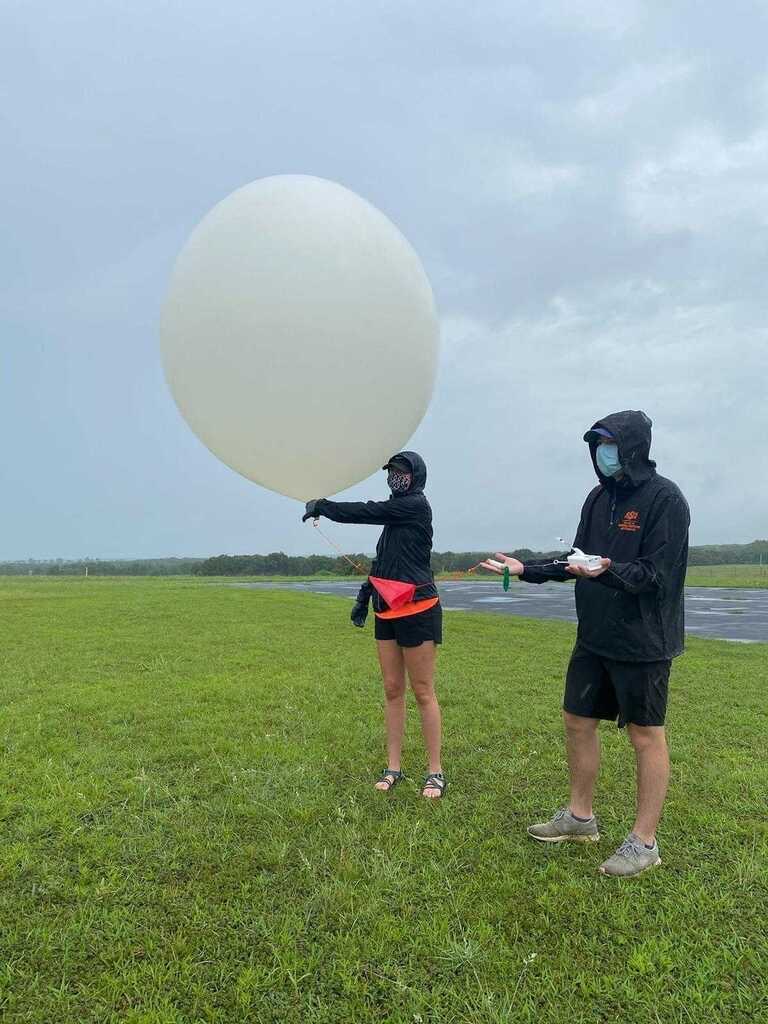
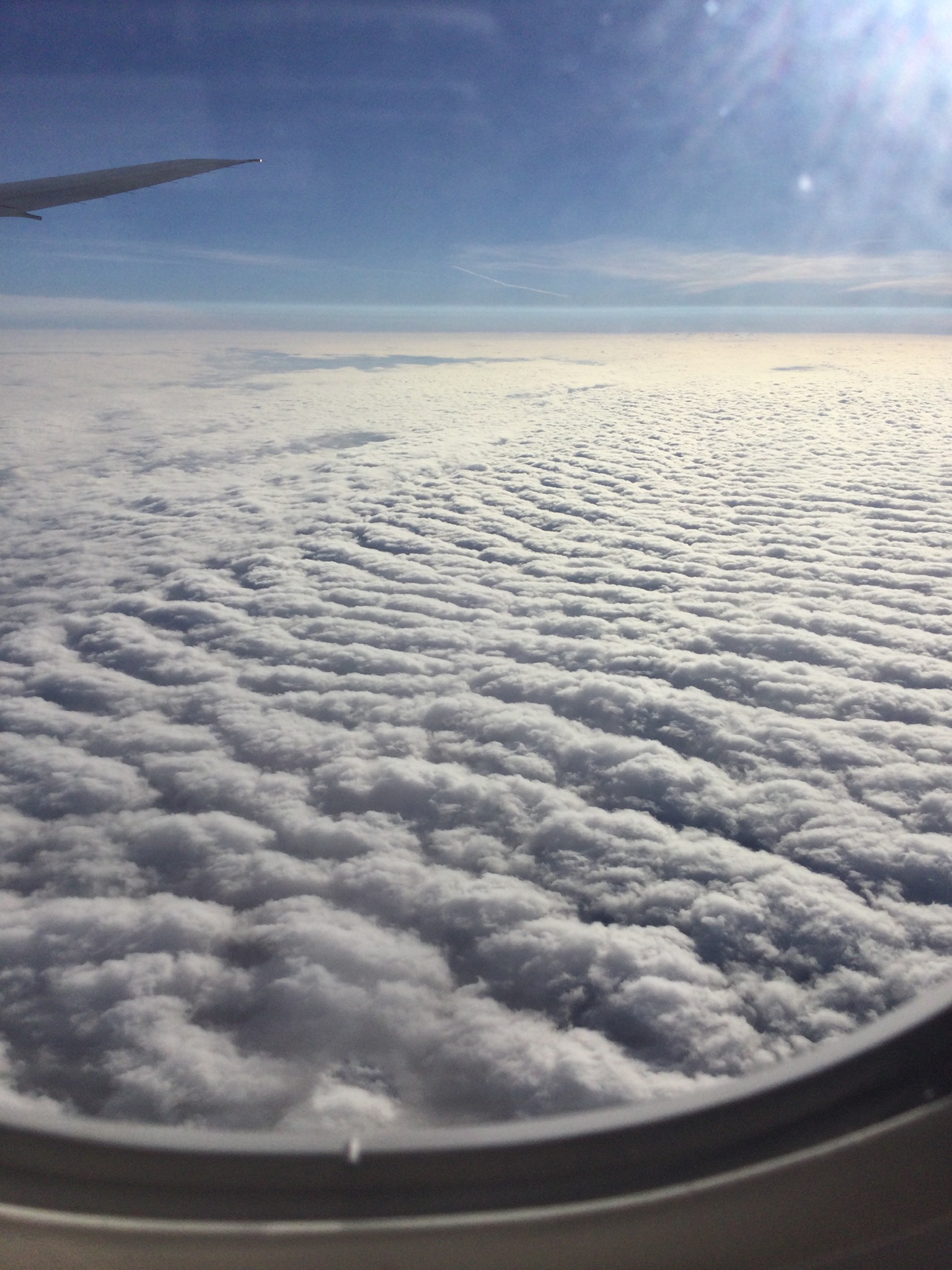
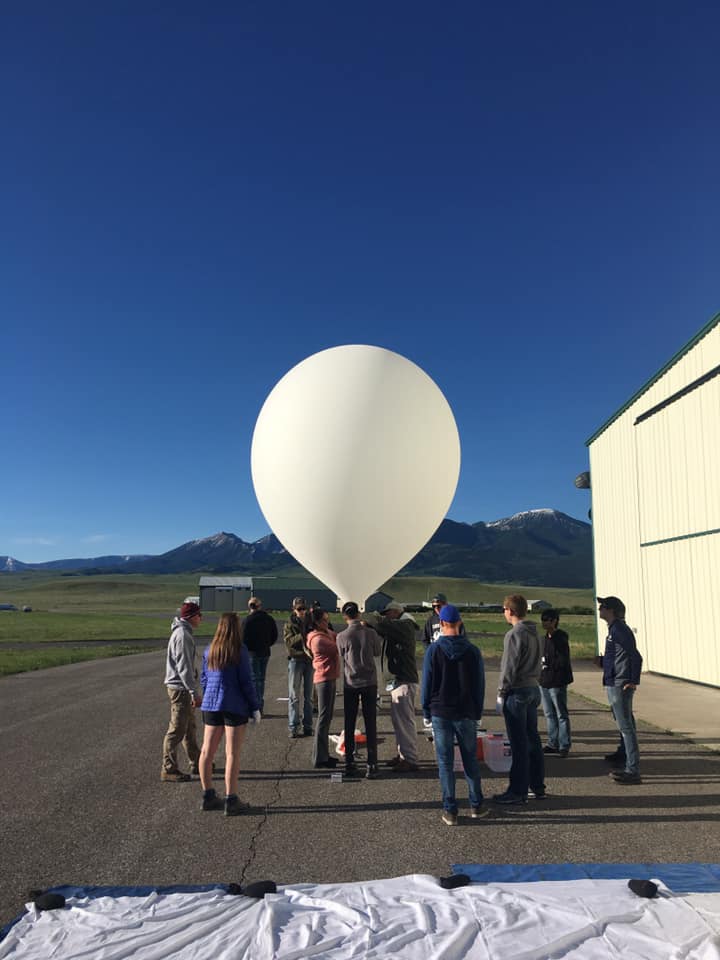
Left: radiosonde launch preparation. Center: atmospheric gravity waves over Chile. Right: engineering balloon flight preparation.
2017 Engineering Track Video Montage
This page was created at Montana State University-Bozeman. We acknowledge and honor, with respect, the Indigenous Nations on whose traditional territories the University now stands and whose historical relationships with the land continue to this day. We recognize that a land acknowledgment alone is not enough, but it is a reminder that we are on settled Indigenous land and that we must continuously learn more about these lands and people.

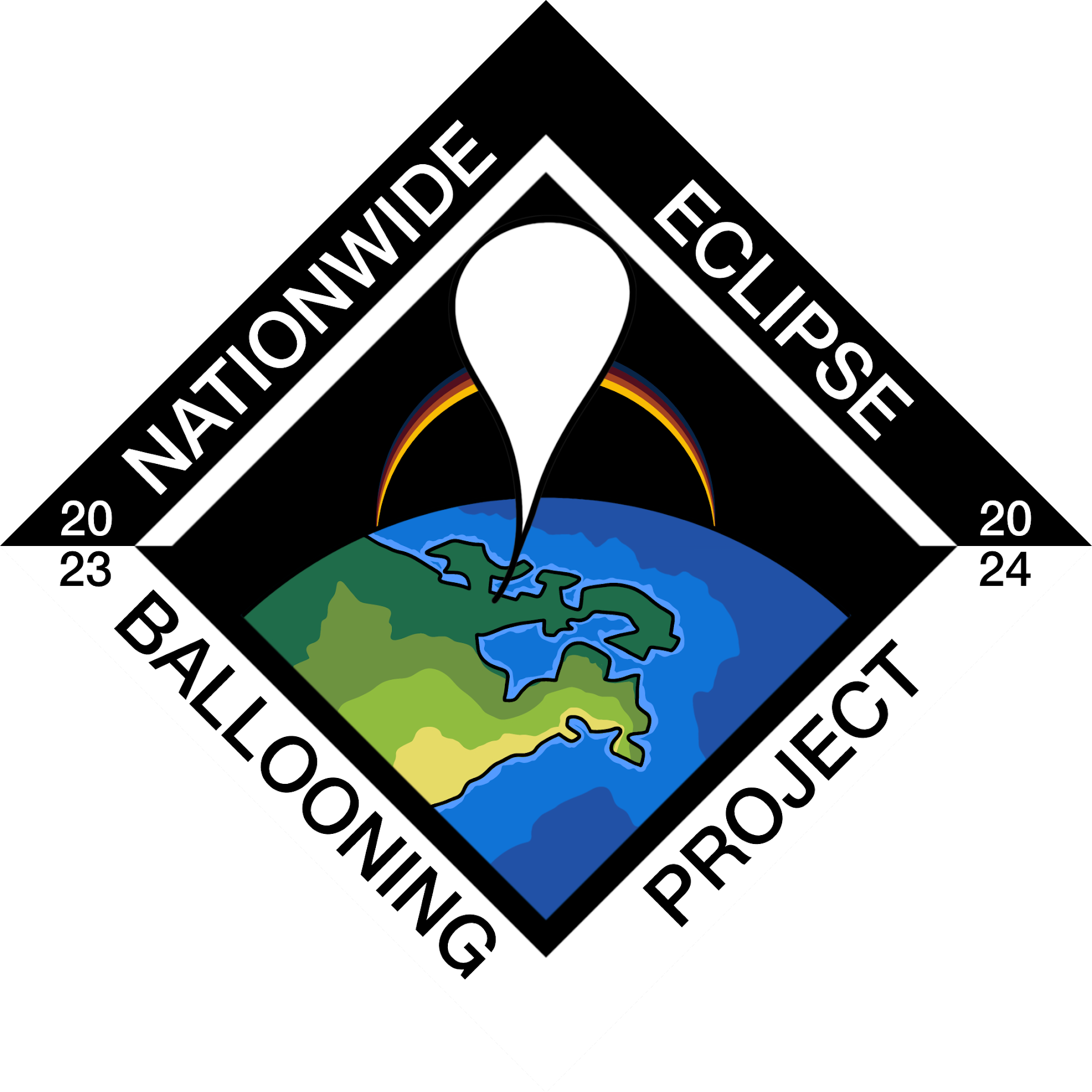 The 53 teams of the Nationwide Eclipse Ballooning Project had many successful campaigns
during the annular and total solar eclipses.
The 53 teams of the Nationwide Eclipse Ballooning Project had many successful campaigns
during the annular and total solar eclipses.